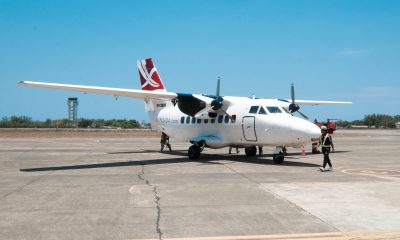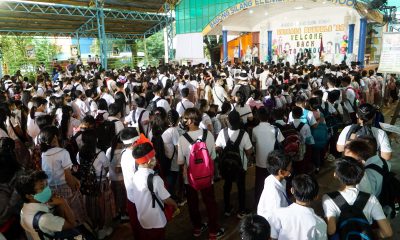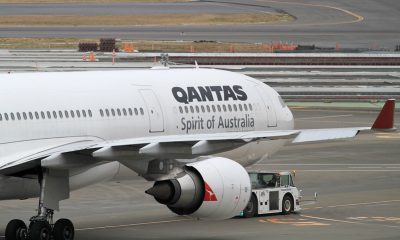News
Technology paves new way towards correct Filipino
MANILA — Is it ‘imahe’ or ‘imahen?’ ‘Dyaryo’ or ‘diyaryo?’
Komisyon sa Wikang Filipino (KWF) is developing a software that aims to help address misspelling of words in Filipino, the country’s national language.
Targeted for launching in 2018, KWF’s first spellchecker software will operate much like Microsoft Word’s own by alerting people about wrong spelling of Filipino words they type on computers and providing the correct spelling for these.
“It’s part of our campaign to promote use of Filipino,” said KWF language researcher Jeslie del Ayre who’s involved in development of the software.
She said KWF targets making such software available to the public for free.
“We also plan installing the software in national and local government offices nationwide for use in respective official communication, transactions and correspondence,” she noted.
EO 335 series of 1988 enjoins all government offices nationwide to take steps that’ll enhance use of Filipino in such undertakings.
“Intensified use of Filipino language in official transactions,
communications and correspondence in government offices will hasten greater understanding and appreciation among the people of government programs, projects and activities throughout the country, thereby serving as an instruments of unity and peace for national progress,”
notes EO 335.
Such EO supports the 1987 Constitution which set Filipino as the Philippines’ national language.
“Subject to provisions of law and as the Congress may deem appropriate, the Government shall take steps to initiate and sustain the use of Filipino as a medium of official communication and as language of instruction in the educational system,” the Constitution also read.
According to del Ayre, the spellchecker software is based on KWF’s orthographic rules for the Filipino language.
She said KWF already has a prototype of the software.
“We’re testing that prototype to improve it further,” she said.
Orthographic rules for the Filipino language underwent reforms over the years, noted KWF.
The latest reforms are included in ‘Ortograpiyang Pambansa’ which KWF published in 2013.
Orthography is an important tool for effectively teaching correct writing and reading in Filipino, KWF said.
Del Ayre said programmers from National University offered helping KWF develop a spellchecker software for Filipino.
They proposed the matter to KWF, she noted.
“It’s KWF’s mandate to promote Filipino and other Philippine languages so our agency accepted their proposal,” she said.
KWF continues exploring ways of further carrying out such mandate, she clarified, however.
Among KWF’s activities is translating various reading materials into Filipino and other languages in the country.
Several previous KWF-led fora highlighted Filipino’s versatility by featuring experts who use this language when teaching technical subjects related to their fields.
Those fields include medicine, engineering and information technology, noted KWF.
KWF continues urging the academe to increasingly use Filipino and other local languages nationwide, believing doing so will help improve the learning process.
Earlier, KWF identified the Philippines’ eight major languages as Bikol, Ilokano, Hiligaynon, Pampanggo, Pangasinan, Sebwano, Tagalog and Waray. (PNA)






















